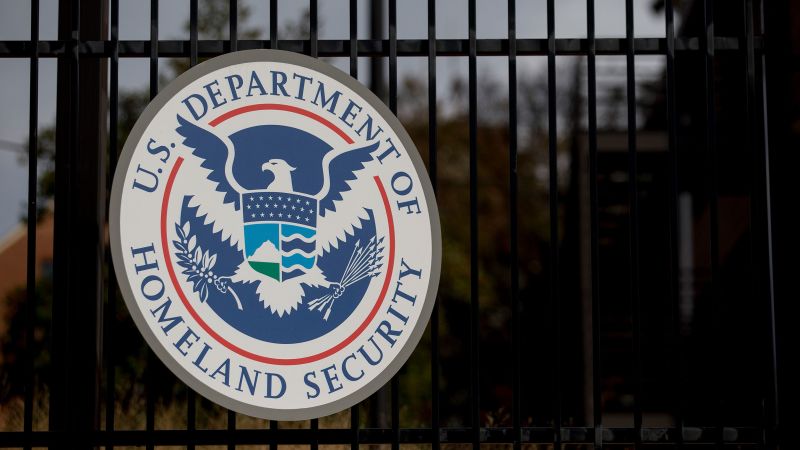Elon Musk’s Department of Government Efficiency (DOGE) is reportedly preparing to target the Department of Homeland Security (DHS) with significant personnel cuts, with implications for various agencies, including the United States Secret Service. This development comes as DHS braces itself for potential layoffs, creating an atmosphere of uncertainty within the department. Sources familiar with the situation, who spoke to CNN on condition of anonymity, indicate that while discussions are ongoing, no definitive action has been taken yet regarding the extent of these cuts.
As negotiations unfold between DOGE, the White House, and officials at DHS, various facets of the department seem poised for different levels of impact. The Federal Emergency Management Agency (FEMA) appears particularly vulnerable, with reports suggesting it could face substantial reductions. Additionally, Customs and Border Protection (CBP) and Immigration and Customs Enforcement (ICE) are also facing the possibility of cuts, placing critical operational roles at risk.
A senior official within DHS highlighted the intent to eradicate long-standing government inefficiencies that have, as they claim, burdened the American taxpayer. They emphasized a commitment to streamline the agency’s functions by eliminating positions that do not directly contribute to its primary mission – safeguarding national security. Sec. Kristi Noem, who leads DHS, is advocating for a return to the agency’s foundational purpose of ensuring public safety.
Communications from DHS to its personnel are anticipated, with Secretary Noem preparing to inform staff about impending cuts through an internal email. This communication is expected to detail a range of options available to employees, such as voluntary separations and early retirement opportunities. While Noem’s name will appear on these communications, the significant decisions appear to be influenced heavily by Trump aide Stephen Miller and other members of the White House team.
The prospect of cuts within the Secret Service comes at a critical time, particularly given the agency’s struggles with morale, staffing shortages, and recent incidents that have raised security concerns, including two assassination attempts on President Trump. Officials have cited a challenging threat landscape as particularly taxing on the agency, which underscores the urgency of properly resourcing and supporting its operations.
In light of these pressures, the Secret Service resorted to a remarkable expenditure of $2 million on a recruitment advertisement, which was directed by cinematic heavyweight Michael Bay. Such measures reflect the agency’s urgent desire to bolster its workforce but raise questions about the sustainability of funding given the proposed cuts.
Testimony from agency officials on Capitol Hill has reinforced assertions that funding and resources for the Secret Service have been inadequate, compounding the difficulties faced by its personnel. As potential cuts loom, it appears that the most likely reductions will affect administrative and technical support roles. New hires and staff currently in probationary phases may find themselves particularly vulnerable to layoffs, sparking apprehension among rank-and-file agents regarding their job security.
Concerns among the workforce abound, with many agents feeling distressed about potential reductions and increasingly hesitant to speak candidly with the media, especially given the looming possibility of scrutiny through polygraph examinations. The situation creates a dichotomy where, while the mission may not be immediately compromised, over time, incremental cuts and personnel shortages could lead to significant vulnerabilities within the agency’s operational framework.
Jonathon Wackrow, a CNN contributor and former Secret Service agent, raised valid concerns regarding the agency’s ability to maintain its operational efficacy while executing workforce reductions. His reflections highlight the critical imbalance faced by an agency that, on one hand, must strategize to enhance its resources and funding yet is simultaneously compelled to reduce its workforce in response to broader budgetary constraints. Such strategic challenges could set a concerning precedent for the future operational capabilities of the Secret Service and, potentially, national security at large. Wackrow’s warning that these workforce vulnerabilities could lead to enhanced risks underscores the necessity for careful consideration amidst impending administrative changes.



